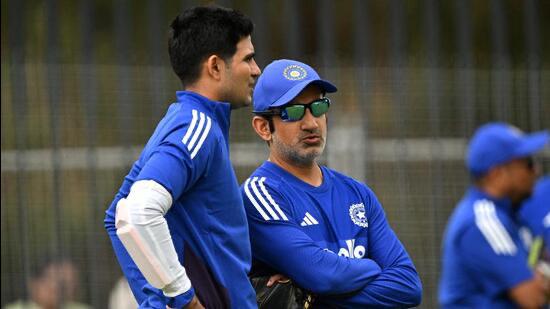India’s ODI dominance since 2015 has largely relied on spin-friendly subcontinental conditions. However, recent failures in pace-heavy venues like Perth have exposed strategic flaws. Experts urge a rethink in team composition, bowling depth, and adaptability to global pitches as India prepares for the 2027 World Cup in South Africa.
Time to Rethink: India’s ODI Blueprint Faces Reality Check After Perth Setback
India’s recent ODI loss to Australia in Perth has triggered a wave of introspection among cricket analysts and fans, with calls for a strategic overhaul ahead of the 2027 ODI World Cup in South Africa. Despite a strong record in spin-friendly conditions, India’s vulnerabilities on fast, bouncy tracks have resurfaced, demanding a course correction in team planning and execution.
Key Highlights from the Analysis:
Subcontinent-Centric Strategy
India’s ODI success since 2015 has been built around slow bowling allrounders, thriving on low-bounce, double-paced pitches in India, England, and UAE.
This approach has added batting depth and allowed control in middle overs, but lacks bite on fast tracks.
Perth Exposes Bowling Limitations
In the recent ODI at Perth, India fielded Washington Sundar and Axar Patel, who struggled to make an impact on a pitch that offered no turn or grip.
The lack of genuine pace options and wicket-taking ability was evident as Australia cruised to victory.
Need for Seam-Friendly Combinations
Experts suggest India must develop a pool of fast bowlers capable of thriving in overseas conditions.
Emphasis on death bowling, swing, and bounce will be critical for success in South Africa.
Batting Adjustments Required
India’s top-order collapse in Perth highlighted the need for technique and temperament suited to pace and movement.
Building a middle order that can anchor and accelerate under pressure is essential.
ODI Schedule and Preparation
India is set to play 27 ODIs across nine bilateral series before the 2027 World Cup.
The team must use this window to experiment with combinations, rotate players, and build bench strength.
Leadership and Selection Dynamics
With senior players nearing retirement, selectors must focus on transition planning, youth integration, and role clarity.
India’s ODI future hinges on its ability to adapt to diverse conditions, balance aggression with control, and build a versatile squad ready for global challenges.
Sources: MSN News, Hindustan Times

